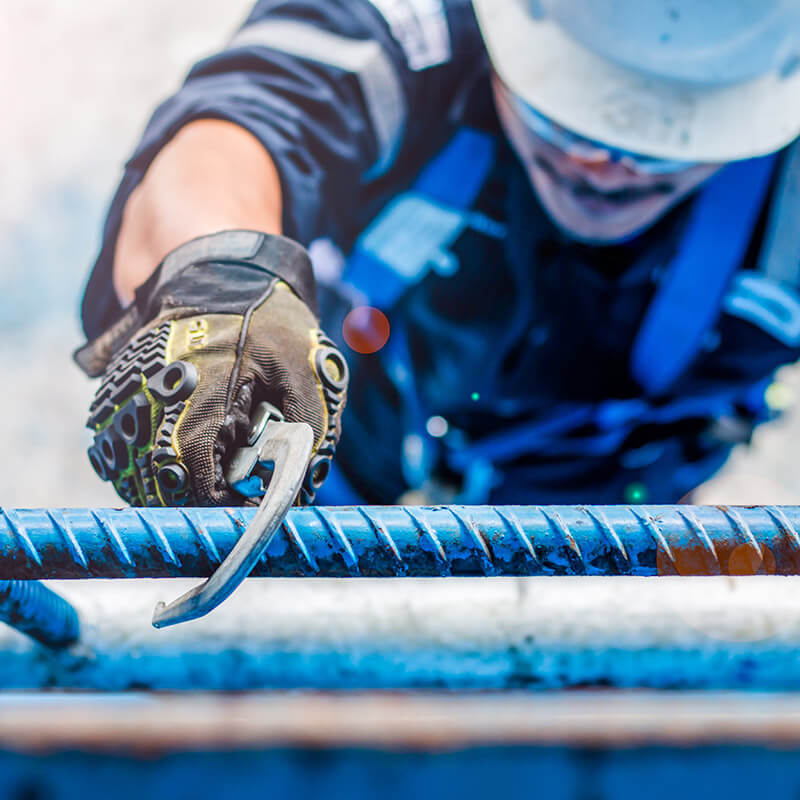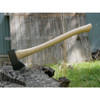Product Description
2 lbs. Hudson Bay Axe head outfitted with a 24" curved hickory handle. One or two-handed camp axe. Used for light splitting, chopping, driving tent pegs, etc. The pattern is thought to have originated from “Biscayan” in Northern Spain, near France. French traders used this hand axe as a trade tool in their dealings with Native Americans for fur and other commodities in the Hudson Bay area, St. Lawrence River, and other trade routes.
Forged tool steel head. Made in USA.
- Hand sharpened, tapered bit for cutting and light splitting
- ANSI Standards call for bit hardness of Rc 45-60, at least 1/2" back from the cutting edge
- Council Tool internal standards call for tempered bit hardness of Rc 48-55 and we target 1-1/4" from the cutting edge
- The poll end is also heat treated
- Head coated with boiled Linseed Oil over the as forged finish
- 24" curved American hickory handle
- Eye section is dried to below 10% moisture content to minimize shrinkage and help prevent loosening
- Hafted high and proud
- Axe head is hydraulically seated onto handle and secured with a traditional double wedge system
- Approximately 1-1/4" of overall length of the handle is removed during assembly
Specifications
Safety Notice
Although Bishop Lifting strives to manufacture and sell the highest quality rigging and safety gear, use of the gear is dangerous if not used correctly by competent trained professionals. Bishop Lifting disclaims any liability resulting from the misuse of its rigging and safety gear. Please take a moment to more thoroughly review our disclaimer.
Bishop Lifting rigging and safety gear is only intended to be used by competent trained professionals. Misuse of the rigging and safety gear can result in serious injury up to and including loss of life. As such, Bishop Lifting disclaims liability for any misuse or incorrect product selection by our customers.
Rigging and safety gear purchased from Bishop Lifting should be used in strict accordance with all industry and OSHA standards. At no time should rigging or safety gear be used beyond its certified load ratings (aka Working Load Limits). Normal wear and tear should be expected with use of rigging and safety gear; therefore, all gear should be thoroughly inspected before each and every use. Worn or unsafe rigging and safety gear should never be used.





















